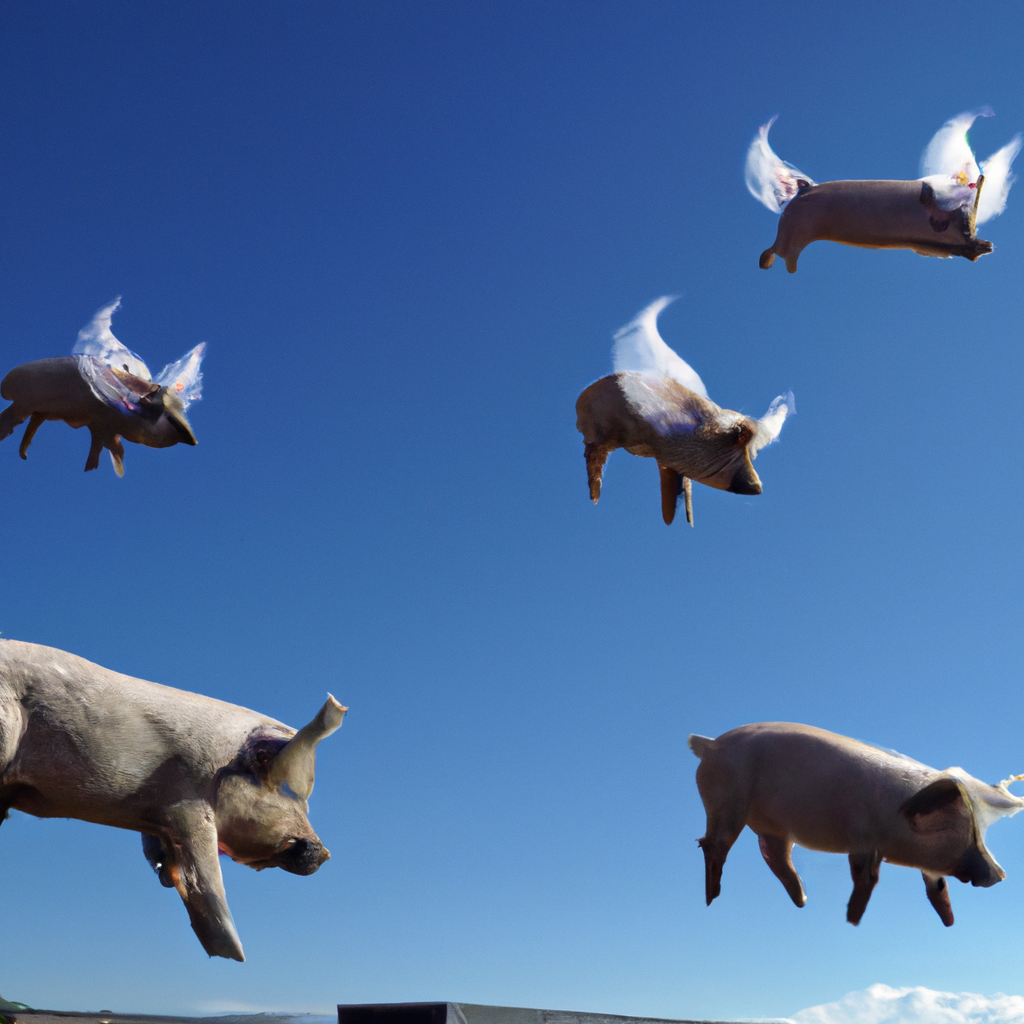When Pigs Fly: The Surprising Rise of Avian Swine in 2025
In an unexpected twist that has taken the scientific community and the internet by storm, the second quarter of 2025 has witnessed the groundbreaking development of what has been colloquially termed as ‘avian swine’. These genetically modified pigs, capable of flight, are part of a controversial experiment aimed at studying genetic hybridization and its potential benefits in agriculture and biology.
The Genesis of Flying Pigs
The concept, initially perceived as a practical joke, originated from a high-tech bioengineering startup in Silicon Valley. By integrating specific avian DNA sequences into the swine genome, scientists were able to develop pigs with light, hollow bone structures, and small, functional wings.
Public Reaction and Ethical Concerns
As videos of the first successful test flights went viral, public reaction ranged from amusement and fascination to outrage and ethical concern. Bioethicists and animal rights organizations have raised questions about the implications of such genetic experiments, sparking a global debate on the limits of genetic engineering.
Scientific and Commercial Potential
Beyond the spectacle, the development of avian swine opens up a plethora of scientific and commercial potentials. Researchers are exploring applications ranging from agricultural practices where these pigs could reach new environments, to pharmaceutical uses where their unique biology could be harnessed for drug production.
Looking Ahead
As we move further into 2025, the trajectory of this scientific endeavor will be closely monitored. The outcome of this experiment could pave the way for new bioengineering capabilities, or it could serve as a cautionary tale about the reach and impact of human ingenuity.
Only time will tell if today’s flying pigs are tomorrow’s ordinary sight or a fleeting scientific marvel.






